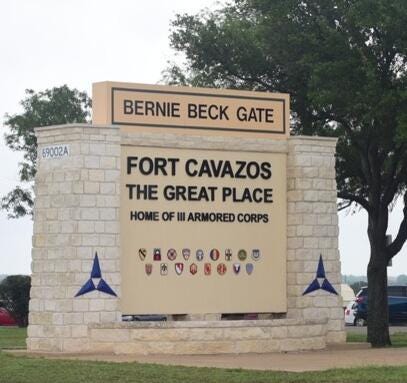Texas GOP: Rename Fort Cavazos for Confederate General
Its current namesake has just been awarded the Medal of Honor.
Among the platform planks delegates at the Texas GOP adopted at its State Convention in San Antonio going into the 2024 Memorial Day Weekend was this item:
"Publicly honor the Southern heroes and rescind all name changes of our military bases."
That would apply to exactly one military base in Texas: Fort Cavazos near Killeen.
The base was one of nine U.S. Army installations previously named after Confederate leaders and renamed after the 2020 killing of George Floyd.
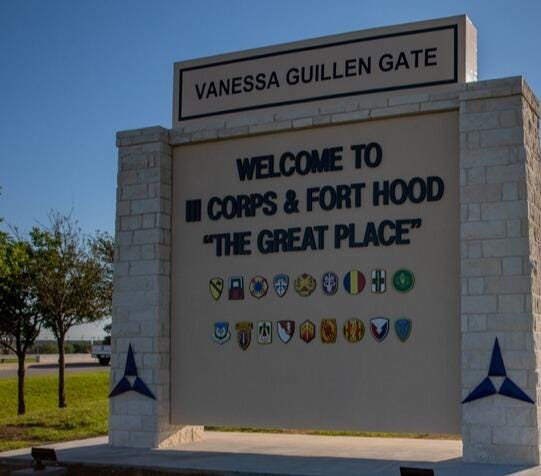
From its founding in 1942 until its name was changed in May of 2023 the base had been known as "Fort Hood" in honor of Confederate General John Bell Hood.
Who was John Bell Hood?
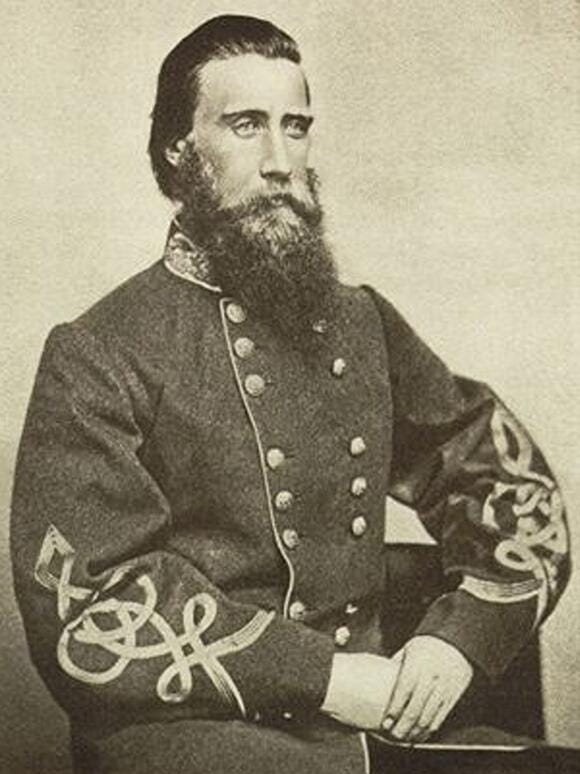
Hood was not a native Texan.
Born in Kentucky, Hood graduated from West Point as a U.S. Army Officer. His service included command in the Second U.S. Cavalry in Texas where he received his first war wound from a Commanche arrow that pierced his right hand.
When the Civil War broke out Hood swore allegiance to the Confederacy and soon ascended to a command in the Confederacy's 4th Texas Infantry Brigade. Hood earned a reputation for charging ahead - no matter the size, strength, or superior position of the opposing force- which soon resulted in battle wounds that led to the incapacitation of his left arm and the amputation of his right leg.
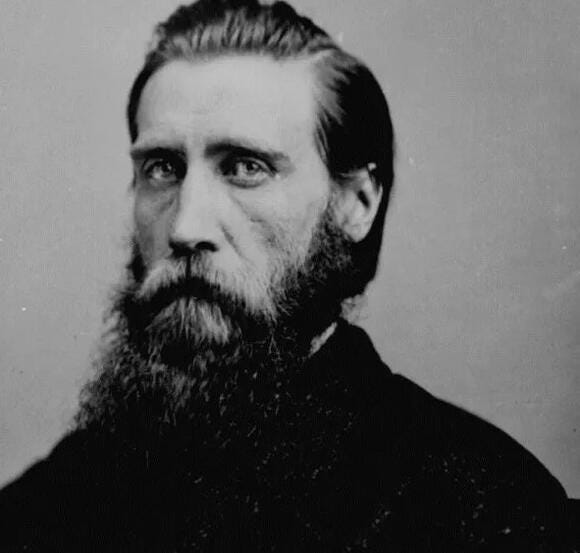
Unbelievably, despite the loss of an arm and a leg, Hood continued to lead Cavalry charges by horseback of his Confederate Texas troops in battle after battle. His insistence on always charging forward - no matter the circumstance- also cost the lives of many of his men - often thousands at a time.
After the Battle of Antietam when General Robert E. Lee asked Hood where his troops were, Hood replied: "They are lying on the field where you sent them."
Hood once refused to surrender his Confederate troops to Union General William Tecumseh Sherman, writing: "We will fight you to the death. Better die a thousand deaths than submit to live under you or your Government and your Negro allies."
Within a year, however, Hood surrendered, as the Civil War ended.
He retired to Louisiana as a cotton broker and died there fourteen years later.
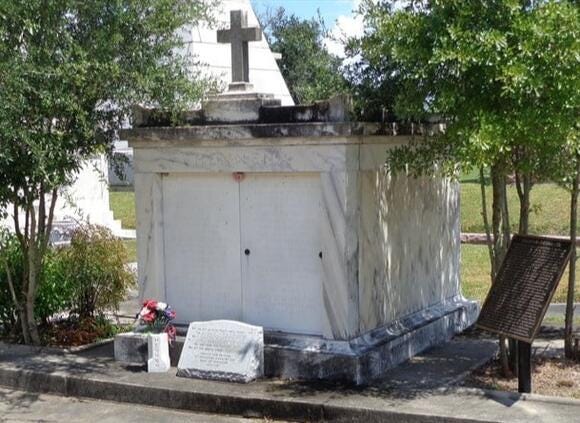
Hood is buried in a large marble crypt in New Orleans which includes a marble plaque and a bronze marker memorializing his service to the Confederacy.
Who was Richard Edward Cavazos?

Unlike John Bell Hood, Richard Edward Cavazos was a native Texan who grew up on the legendary King Ranch - the son of a lowly "Kineño" cowhand (Lauro Senior - who eventually became a ranch foreman, defended the ranch from raiding Mexican bandits, and fought during World War I as an artillery battery First Sergeant).
Cavazos earned his U.S. Army commission not at West Point - but at Texas Tech University through its R.O.T.C. program. Cavazos was awarded the Distinguished Service Cross twice, once as a First Lieutenant in the Korean War and again as a Lieutenant Colonel in the Vietnam War.
Unlike John Bell Hood, who was known for leaving large numbers of his men behind as casualties on his battlefields, Cavazos was known for returning to the battlefield to retrieve his wounded - under fire, ignoring orders to not return for his men, despite being wounded himself - which earned him that first Distinguished Service Cross along with a purple heart in Korea (and for which he was almost court-martialed).

In 1976, Cavazos became the first Hispanic to reach the rank of brigadier general in the United States Army. In 1980, he became commander of III Corps and what was then Fort Hood.
In 1982, Cavazos again made military history by becoming the army's first Hispanic four-star general.
Cavazos's military awards include the Medal of Honor - which he was posthumously awarded this year - two Distinguished Service Crosses, an Army Distinguished Service Medal, a Silver Star, a Defense Superior Service Medal, two Legion of Merit awards, five Bronze Star Medals, the Purple Heart, the Combat Infantryman Badge, the Parachutist Badge, and a Ranger Tab.
After 33 years in the U.S. Army, he left military service in 1984 and retired to San Antonio where he died in 2017.

General Cavazos was eligible to be buried with the highest honors, pomp, and circumstance accorded fellow generals in Arlington National Cemetery but instead chose to be quietly laid to rest in a plain pine box among fellow soldiers in a simple grave at Fort Sam Houston National Cemetery in his beloved state of Texas.
Should the U.S. Army base in Killeen be renamed for John Bell Hood or remain named for Richard Edward Cavazos?
Feel free to share your opinion in the comments on this article,
Abrazos,
Jack Beavers



